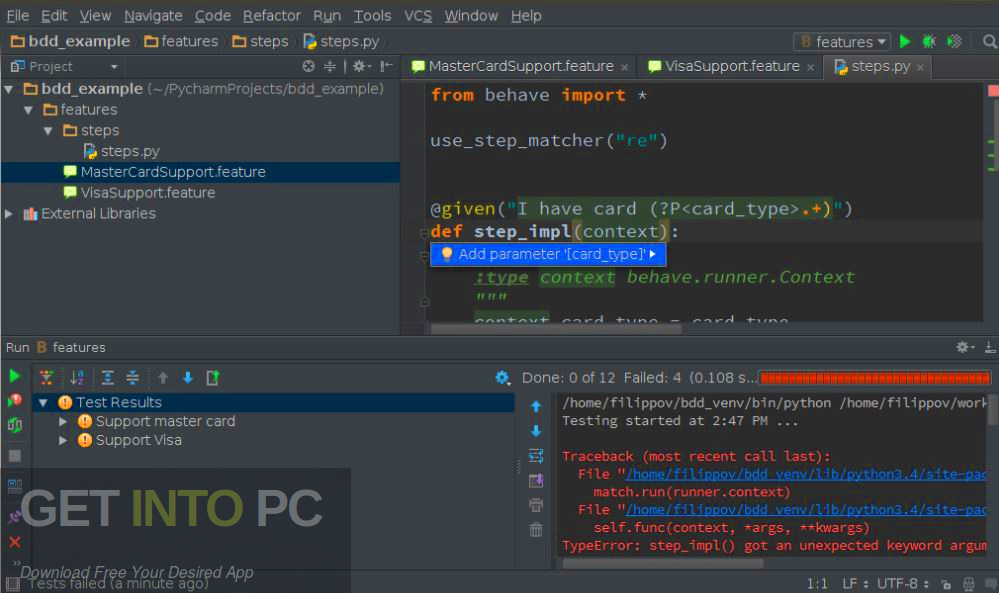
Now you are ready to play with tensorflow from P圜harm.In P圜harm, select the previously created Project Interpreter (~/tensorflow_pycharm), and click + button and search for tensorflow, and then double click to install the package.

P圜harm auto-detects these distributions and adds it to the Linux Distribution list.

Issue the following command to install TensorFlow and all the packages that TensorFlow requires into the active Virtualenv environment: pip3 install -upgrade tensorflow.Activate the virtualenv environment by issuing one of the following commands: source ~/tensorflow_pycharm/bin/activate.Install tensorflow with one of the following approaches: Khi kt ni máy Mac M1/M2 và chn 16-bit LUT trong Profile Type ca PME (Palette Master Element) V1.3.15 hiu chnh, ti sao các video toàn màn hình trong trình duyt hoc ca s xem trc cho các video ã ti xung có hin tng nhp nháy nh chy gia hai cu hình ICC khác nhau 04-17-2023.For the above case, let's assume the location is ~/tensorflow_pycharm, therefore, run command virtualenv -system-site-packages -p python3 ~/tensorflow_pycharm or python3 -m venv ~/tensorflow_pycharm(changed in version 3.5: the use of venv is now recommended for creating virtual environments). In command line, install tensorflow in the virtualenv location you created in previous step.

In Pycharm, Preferences -> Project Interpreter -> Create VirtualEnv ->, and select "inherit global site-packages" option -> OK.


 0 kommentar(er)
0 kommentar(er)
